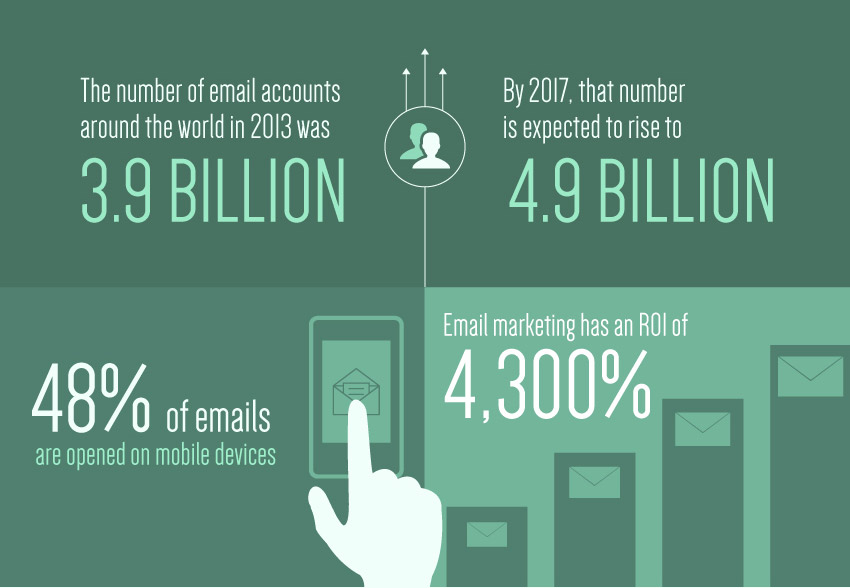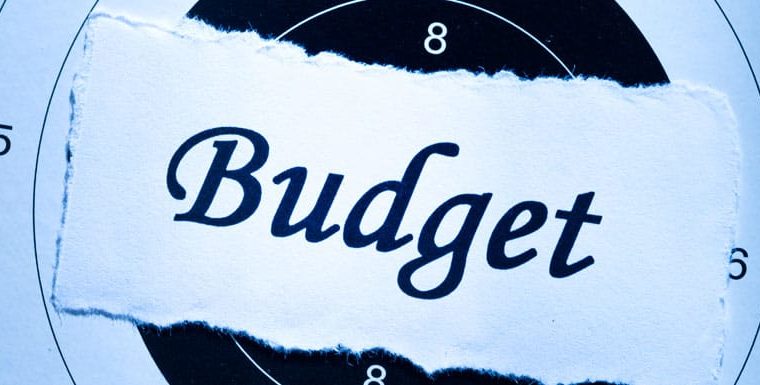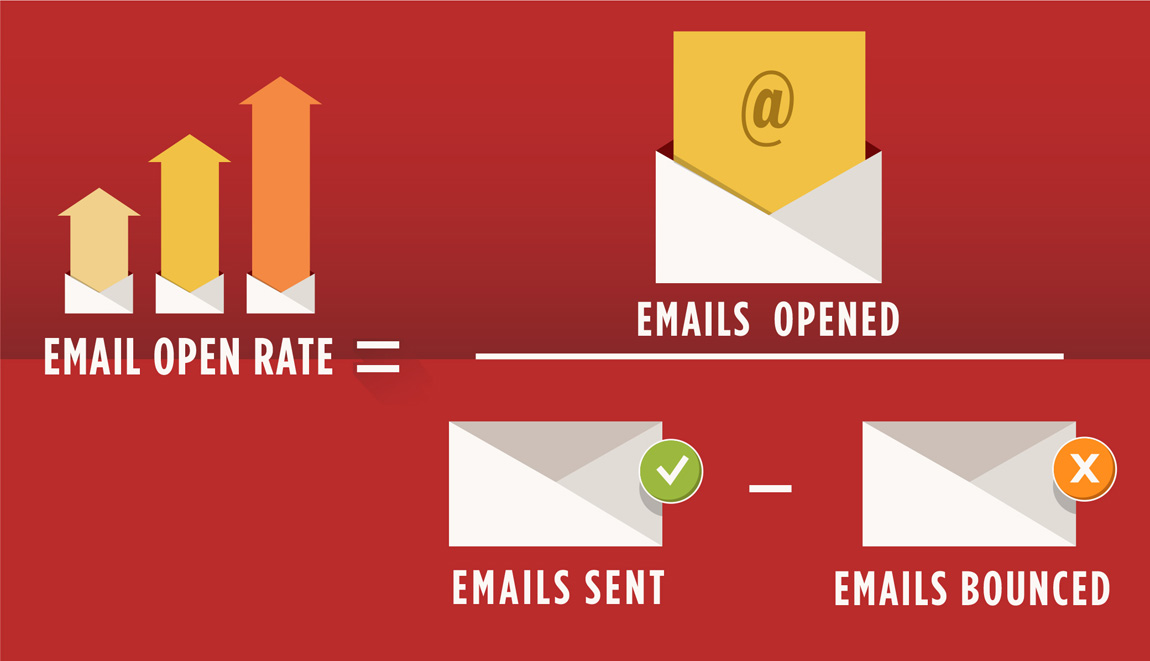A Complete Guide – How to Calculate ROI on Email Marketing?
As other digital marketing strategies have evolved, a question that keeps coming up is: “is email marketing still important?”
Quick Links
Nowadays, there are many digital marketing tactics of which you can enhance the growth of your business. And that is the reason most of you ignore or you can say believe that “Email marketing is dead”. But it is not true because in future email marketing is very effective and beneficial for small businesses.
Now, you think “how it is effective for small business”?
As you know, Email marketing is considered to be the most effective marketing channel with its return on investment. Along with this,
- It is an effective way to reach and engage with the target audience.
- Helpful in developing a business plan implementation.
- It provides a possibility to reach customers within real-time.
- Email marketing helps you to build credibility.
- It provides ease of converting more conversions with trust.
- And the most important is that it is very cost-effective.

If you talk about email marketing return of investment, most of you think about how to calculate ROI. ROI (Return of Investment) in email marketing is a performance measure that is used to evaluate the effectiveness of an investment. With the ROI, you can find which campaigns are earning a profit and which ones aren’t.
To calculate ROI on Email marketing, there is a simple formula called
Returns – Costs = Return on Investment
Or
(Gained – Spent) / Spent = ROI
First, you subtract the spent money from the gained money, and then you divide that number by the total money you spent. This will give you the ROI for your email marketing.
Here’s the short paragraph that I prepared. Would it be possible to add it under the Now, you think “how it is effective for small business”? section?
You can use different metrics to calculate ROI. These metrics will have a different meaning, related to how you measure your campaigns’ performance. The most common ways how to calculate ROI in email marketing are return on investment per campaign and how the total number of contacts affects your bottom line with each campaign sent.
1: Consider Spend Costs:
The first and foremost thing that you should consider for calculating ROI on email marketing is the cost. Yes, you have to calculate how much you spend on your email marketing. It is not as simple as it looks. To calculate the cost, ESP (Email Service Provider) is the most obvious expense but it is easy and straightforward to calculate. This indicates that you have to calculate how much time each member spends on email marketing then convert them into an hourly rate.

2: Open Rate:
Another step is to calculate the open rate by dividing the number of opened messages by the number of emails you sent. (But subtract the bounces). In short, if you send 6000 emails, 100 bounced and 2000 were opened, your open rate would be 2000/5900 or just over 40.8%. But if you have a low open rate then you should consider what could be causing it. There is a common reason for it like subject lines are boring or imperfessional, don’t like content, etc.

So you look at the content and continue to create attractive content to attract your audience. But if you are unable to create a focusable and attractive content then you probably miss the chance of increasing effectiveness and the reception of your audience.
3: CTR (click-through rate):
CTR is considered as the ratio of users who click on a specific link to the number of total users who view a page, or email. To calculate this you have to divide the number of click-throughs by the number of emails delivered to recipients’ inboxes. If you experience that your CTR is low, it means the offer you have in the email is not relevant to the person you are sending emails. To get most of the click rate, you should craft content that directly speaks your offers to your target audience. You can also take help seo content writing.

4: Focus On The Bonus Rate:
If you want to get more return of investment then you have to ensure you keep your bounce rate low. If your 5000 messages generated 100 bounces, the bounce rate would be 100/5000 or 2%. Along with this, you have a list of fake or no active mails then this is not going to.

5: Calculate The Percentage Spam:
No matter whether your marketing is good or not, your messages will be marked as spam at a point. When you ready a mail to get all the images and Links, you should look at the percentage of spam. If you have a high spam percentage, it will decrease the score of deliverability.

High performance of spam emails will probably blacklist from some email providers. Sometimes you may add many links to your email with little text; this will also affect your spam score. So try to create different styles of emails to find the methods that give you the lowest spam percentage.
What Is WooCommerce Product Slider and Why Your Store Needs It
Why Do Product Images Matter So Much in Online Stores? When someone visits an online store the…
0 Comments9 Minutes
How to Streamline Your Customers’ Shopping Experience?
The goal for any online store is to make shopping as smooth as possible. When visitors move…
0 Comments8 Minutes
Strengthening Brand-Customer Relationships Through Gamified Loyalty Programs
Creating lasting connections with customers has become increasingly vital as the marketplace grows…
0 Comments6 Minutes
How to Use SEO and SEA Together in Search Engine Marketing
In digital marketing, search engine marketing (SEM) plays a critical role in improving online…
0 Comments10 Minutes
Content Marketing Growth Hacks: Real Shortcuts to Drive Traffic
Are you still lagging in content marketing? Sticking to these old strategies seems…
0 Comments10 Minutes
How to Build a Strong Local Following Using Social Media Marketing
In the days of likes, shares, and stories, local businesses have a golden opportunity to create…
0 Comments9 Minutes
Why WooCommerce is the Best Choice for Your Online Store?
WooCommerce stands out as a top option for anyone looking to build an online store. This platform…
0 Comments8 Minutes
How to Use AI-Powered SEO Tools for WordPress eCommerce
SEO is a critical factor in the success of any e-commerce WordPress store. As competition…
0 Comments11 Minutes








